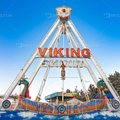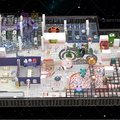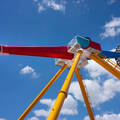As amusement parks face heightened expectations from increasingly discerning visitors, the integration of intelligent management systems into ride operations has emerged as a critical differentiator. These systems, designed to optimize safety, efficiency, and user satisfaction, are transforming the traditional amusement experience into a data-driven and interactive journey. By leveraging real-time monitoring, predictive maintenance, and visitor behavior analytics, operators can deliver smoother workflows and more memorable encounters for park-goers.
Real-Time System Integration for High-Intensity Rides like the Free Fall Tower
High-thrill attractions such as the free fall tower demand uncompromising attention to mechanical precision and guest safety. Intelligent management systems offer continuous diagnostic feedback, enabling operators to monitor brake pressure, acceleration parameters, and hydraulic system performance in real time. These systems utilize sensor arrays and programmable logic controllers (PLCs) to detect anomalies that could lead to downtime or potential hazards.
Beyond safety assurance, smart queue management embedded into the ride’s control software provides visitors with accurate wait times and estimated boarding windows, accessible through mobile applications. This reduces overcrowding and enhances guest satisfaction by allowing better planning of park activities. The integration of biometric access systems and facial recognition further streamlines entry processes while preventing unauthorized access to restricted zones.
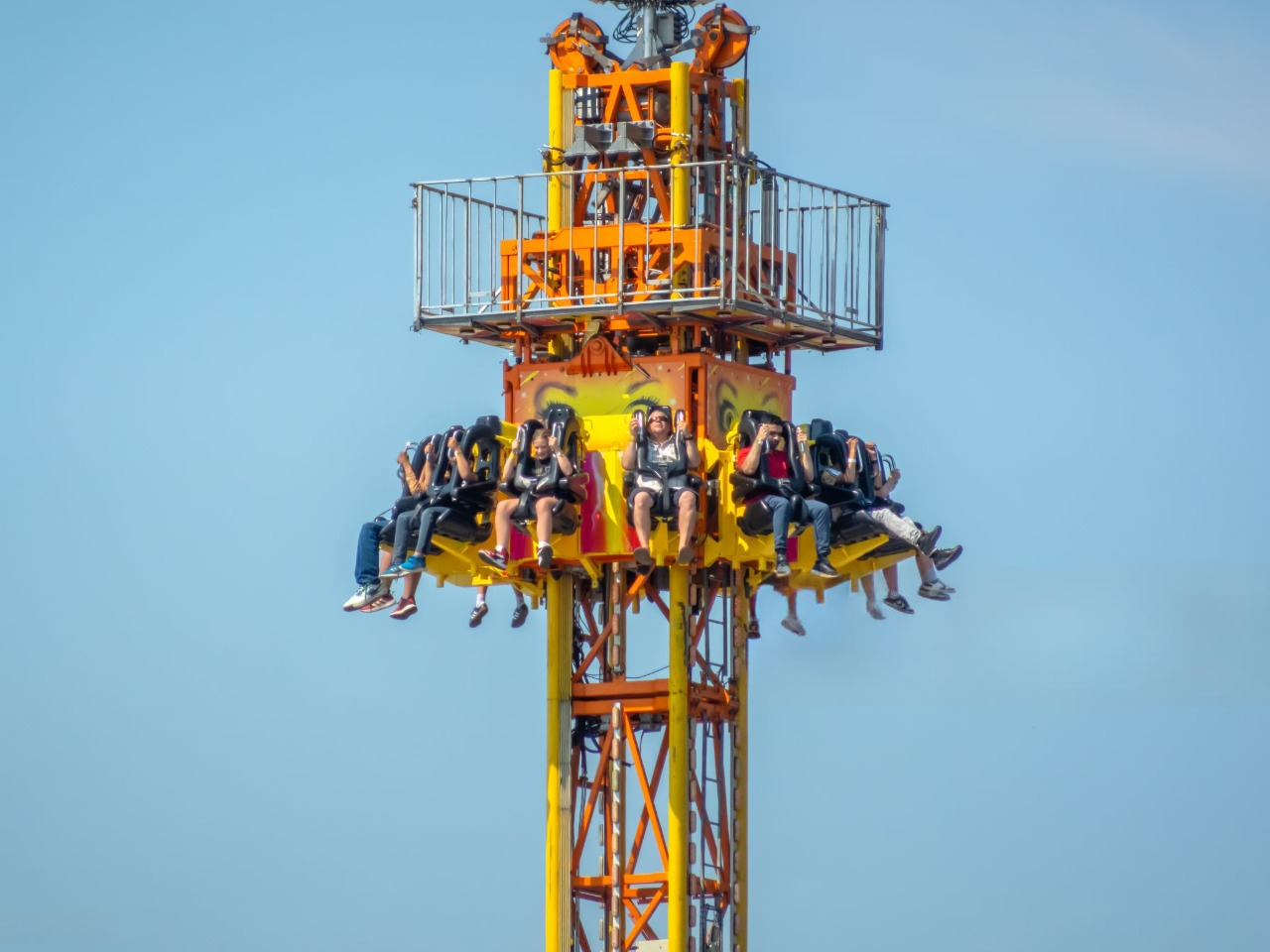
Data-Driven Optimization in Attractions like the Pendulum Swing Ride
The pendulum swing ride, characterized by its dynamic motion and high passenger volume, benefits significantly from intelligent ride orchestration. These systems track G-force variations, angular velocity, and rider load balance, adjusting operation protocols based on environmental factors such as wind speed or temperature. Automated calibration routines ensure each ride cycle adheres to preset performance thresholds, minimizing manual intervention and operational inconsistency.
In addition to mechanical optimization, intelligent lighting and audio systems synchronized with ride cycles enhance the immersive quality of the attraction. These programmable elements can be modified remotely to accommodate seasonal themes, special events, or demographic preferences, maximizing the visual and emotional impact on visitors. Real-time feedback from ride telemetry also supports maintenance teams with precise component status, allowing preemptive parts replacement and reducing unplanned outages.
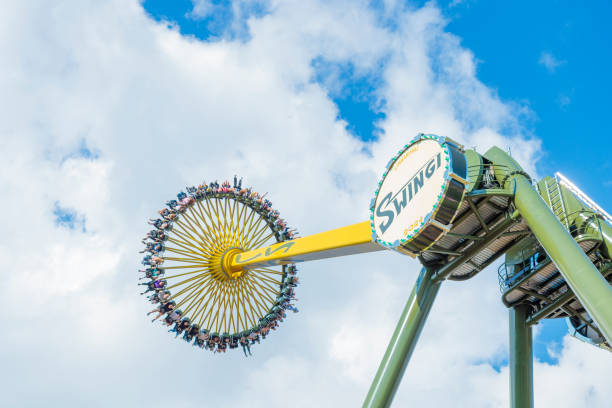
Centralized Control and Cross-System Connectivity
At the macro level, intelligent amusement equipment is unified through centralized command platforms that coordinate multiple rides, guest flow areas, and support infrastructure. This interoperability allows operators to detect park-wide usage patterns, resource bottlenecks, and safety alerts from a single interface. Integration with ERP systems provides deeper visibility into operational costs, staffing allocation, and maintenance intervals.
Cloud-based architecture ensures scalability and remote access, empowering stakeholders to monitor system performance from off-site locations. Such architecture also facilitates firmware updates and cyber-threat mitigation, both essential in an increasingly digitized amusement landscape. With AI-enabled analytics, these platforms can offer recommendations on ride scheduling, staff deployment, and guest throughput based on historical and predictive data.
Visitor-Centric Design and Experience Personalization
Beyond operational efficiency, intelligent systems play a pivotal role in visitor personalization. RFID-enabled wristbands and mobile apps connect guests with real-time ride status, loyalty programs, and interactive experiences. By aggregating user data—including age, preferences, and ride history—systems can suggest suitable attractions and dynamically adjust ride intensity or effects within safe boundaries.
Some parks have begun experimenting with AI-driven guest engagement, where smart systems adapt music, lighting, and video content according to the profile of each ride cycle. This is especially impactful for high-profile attractions, where visitors expect a unique and sharable experience. Custom content delivery not only increases satisfaction but also drives social media exposure and brand differentiation.
Safety Enhancement Through Predictive Maintenance
One of the most significant advantages of intelligent ride systems lies in their predictive maintenance capabilities. Using a combination of IoT sensors, vibration analysis, and machine learning algorithms, the system can forecast component wear and signal when maintenance is required—long before a mechanical issue escalates into downtime.
In the context of complex rides such as the free fall tower or pendulum swing ride, where mechanical loads and stress cycles are high, this function is indispensable. Predictive analytics improve asset longevity and reduce the reliance on routine manual inspections. Maintenance schedules become event-driven rather than time-based, freeing up personnel and reducing costs.
Sustainability and Resource Efficiency
Intelligent management systems also contribute to environmental sustainability by optimizing energy usage and material consumption. Dynamic load balancing allows for more efficient energy distribution during peak hours, while adaptive lighting systems reduce power consumption during low-traffic periods. Water and air-based cooling systems can also be fine-tuned based on thermal and usage data, improving system resilience while minimizing waste.
Moreover, smart inventory tracking ensures spare parts and consumables are stocked just-in-time, reducing excess storage and associated overhead. Digital documentation and maintenance logs replace paper-based systems, further supporting eco-conscious operations.
Market Trends and Investment Outlook
As digital transformation sweeps across the amusement sector, intelligent management systems are becoming indispensable for competitive park operations. The upfront investment is increasingly offset by long-term savings, enhanced safety records, and improved guest metrics. Emerging markets, particularly in Asia and the Middle East, are adopting smart infrastructure from the ground up, leapfrogging older legacy systems.
Vendors now offer scalable solutions tailored for both large integrated resorts and mid-size regional parks, making the technology more accessible. Integration capabilities with third-party systems—such as food and beverage POS, parking, and retail platforms—enable a unified guest ecosystem and open new channels for monetization.
Smart technology is redefining how amusement parks operate and how guests experience them. From predictive maintenance on a pendulum swing ride to personalized encounters on a free fall tower, intelligent management systems are not just an upgrade—they are the foundation for a resilient, efficient, and guest-centric future in themed entertainment.



